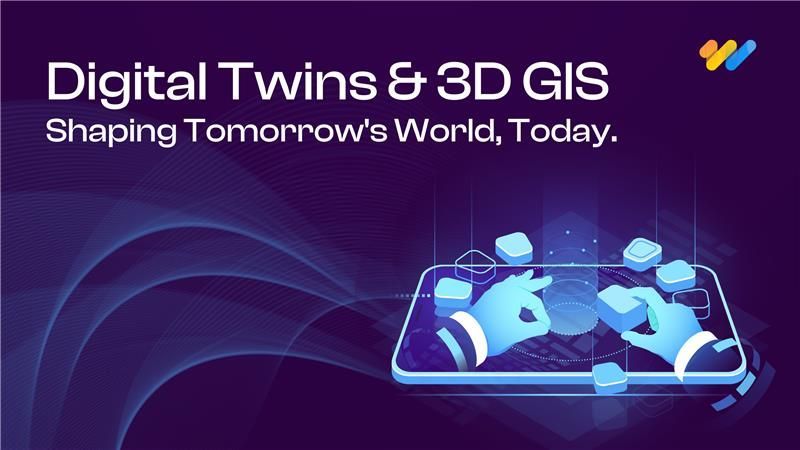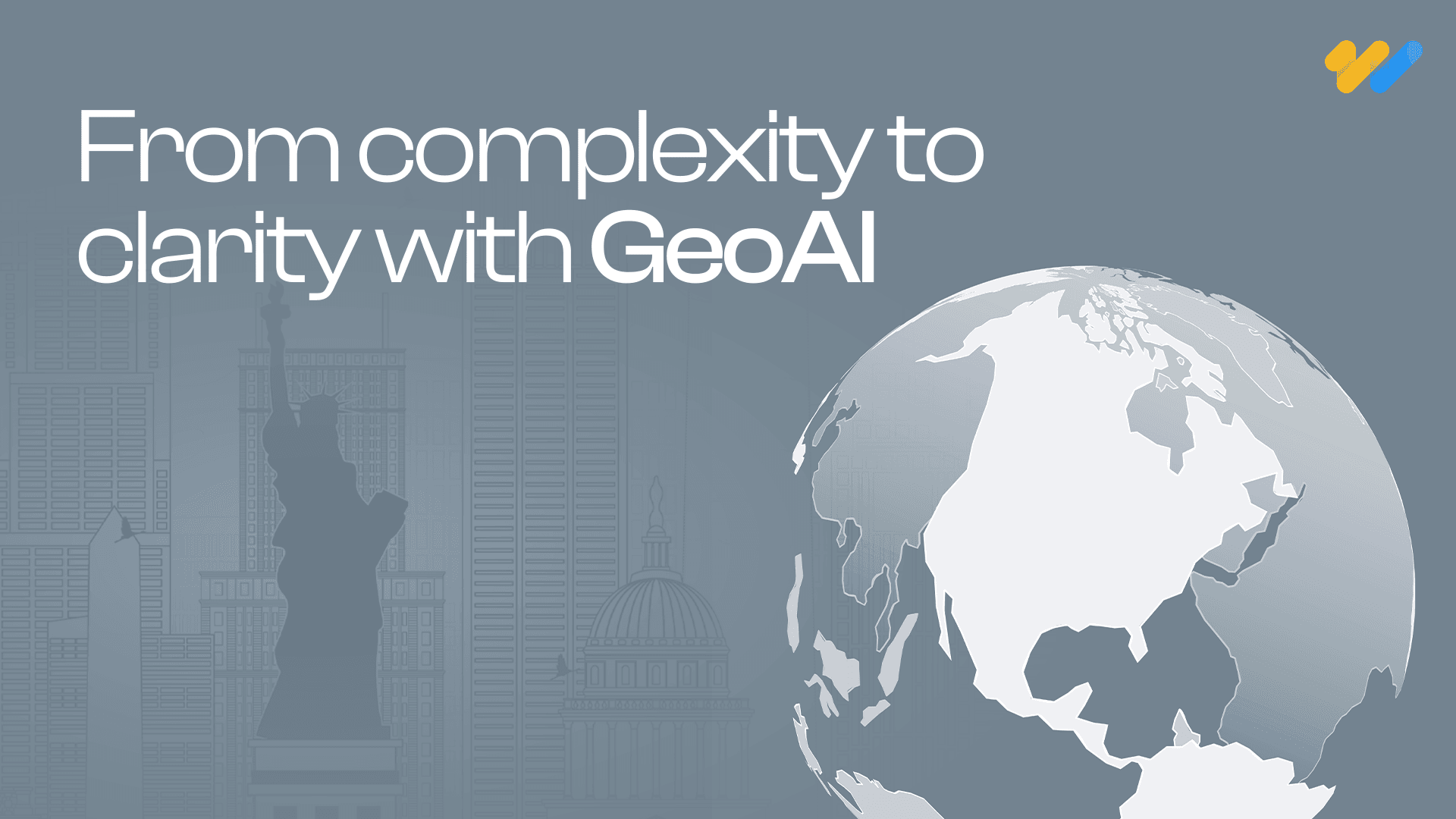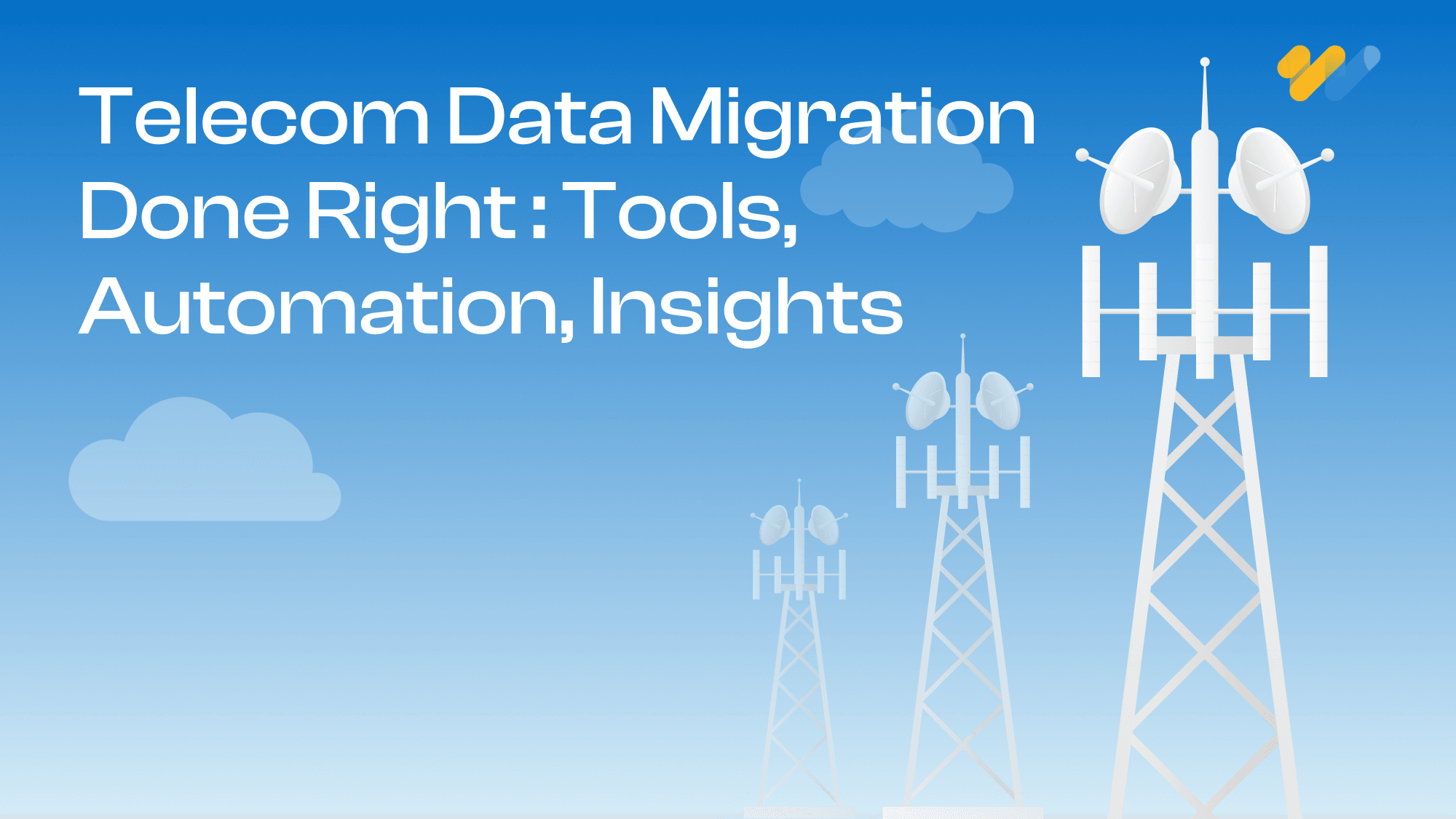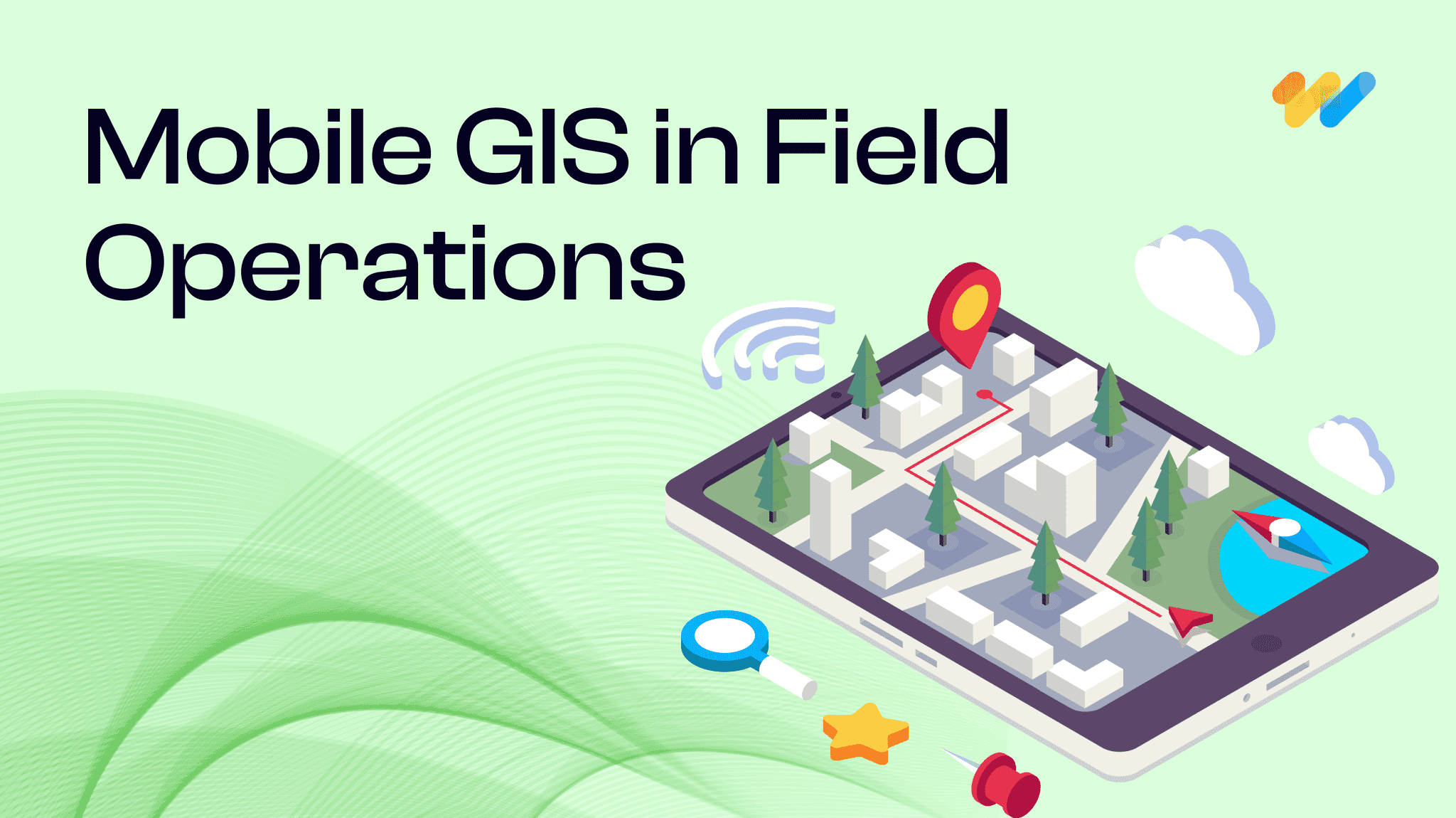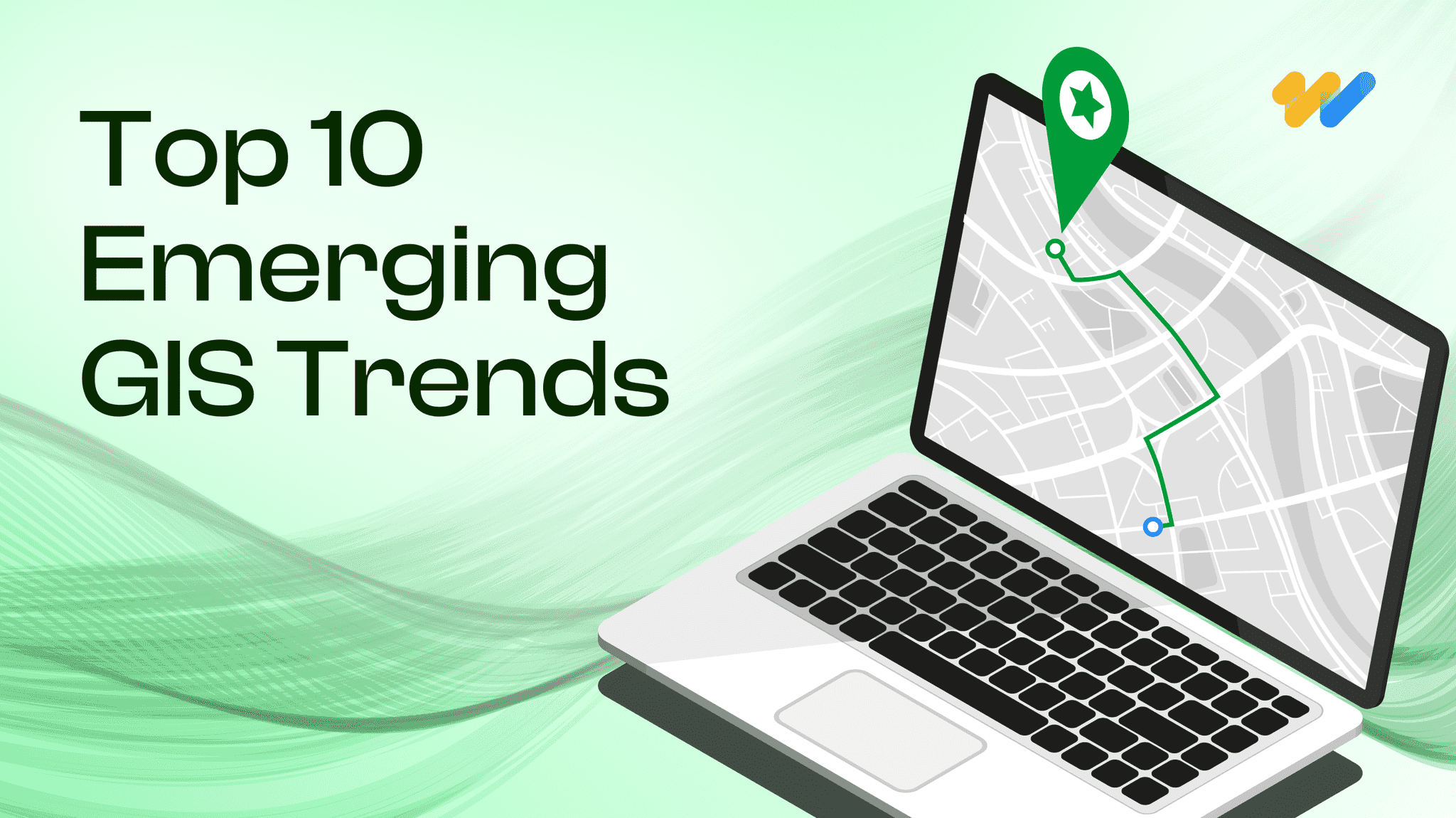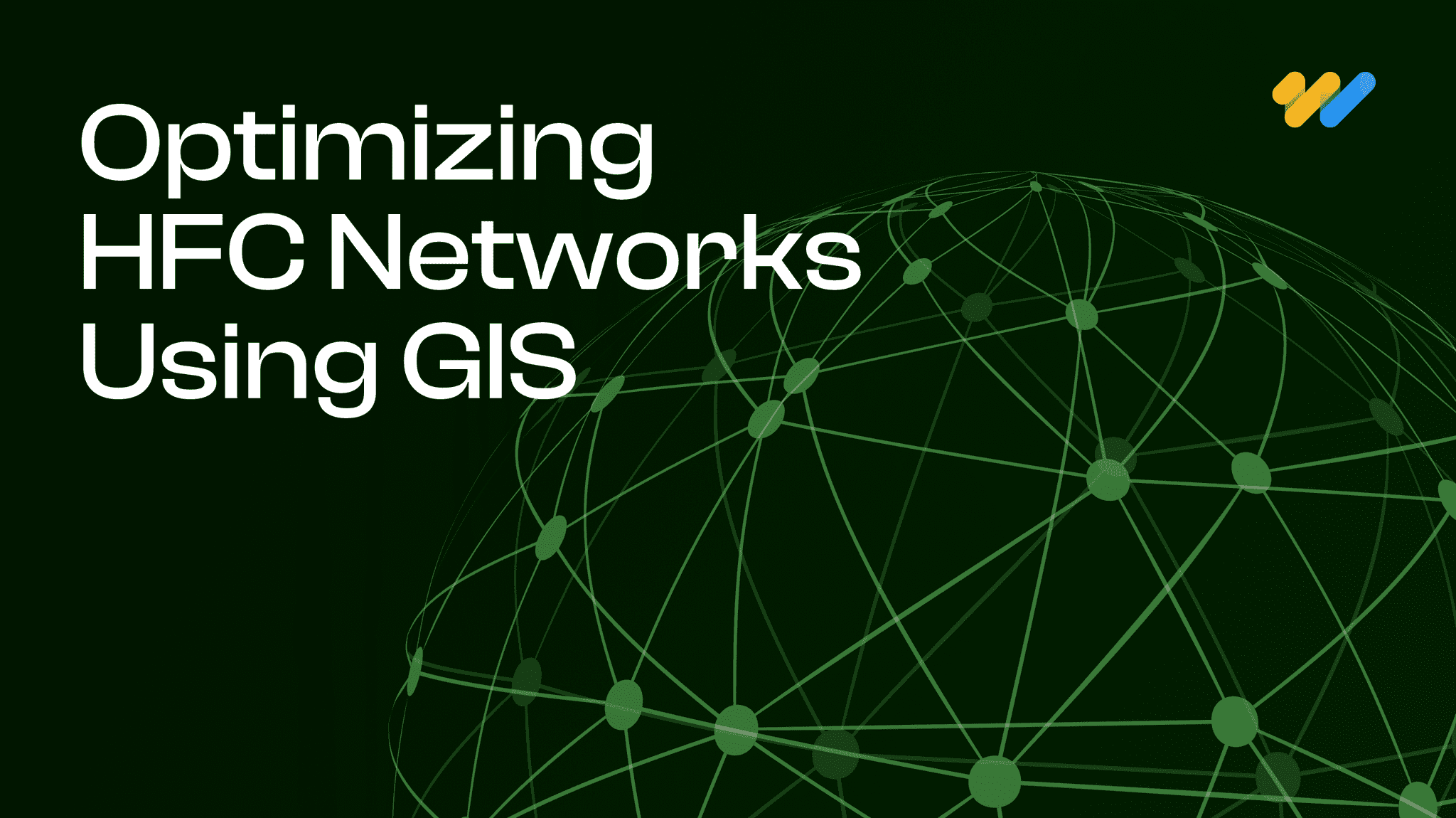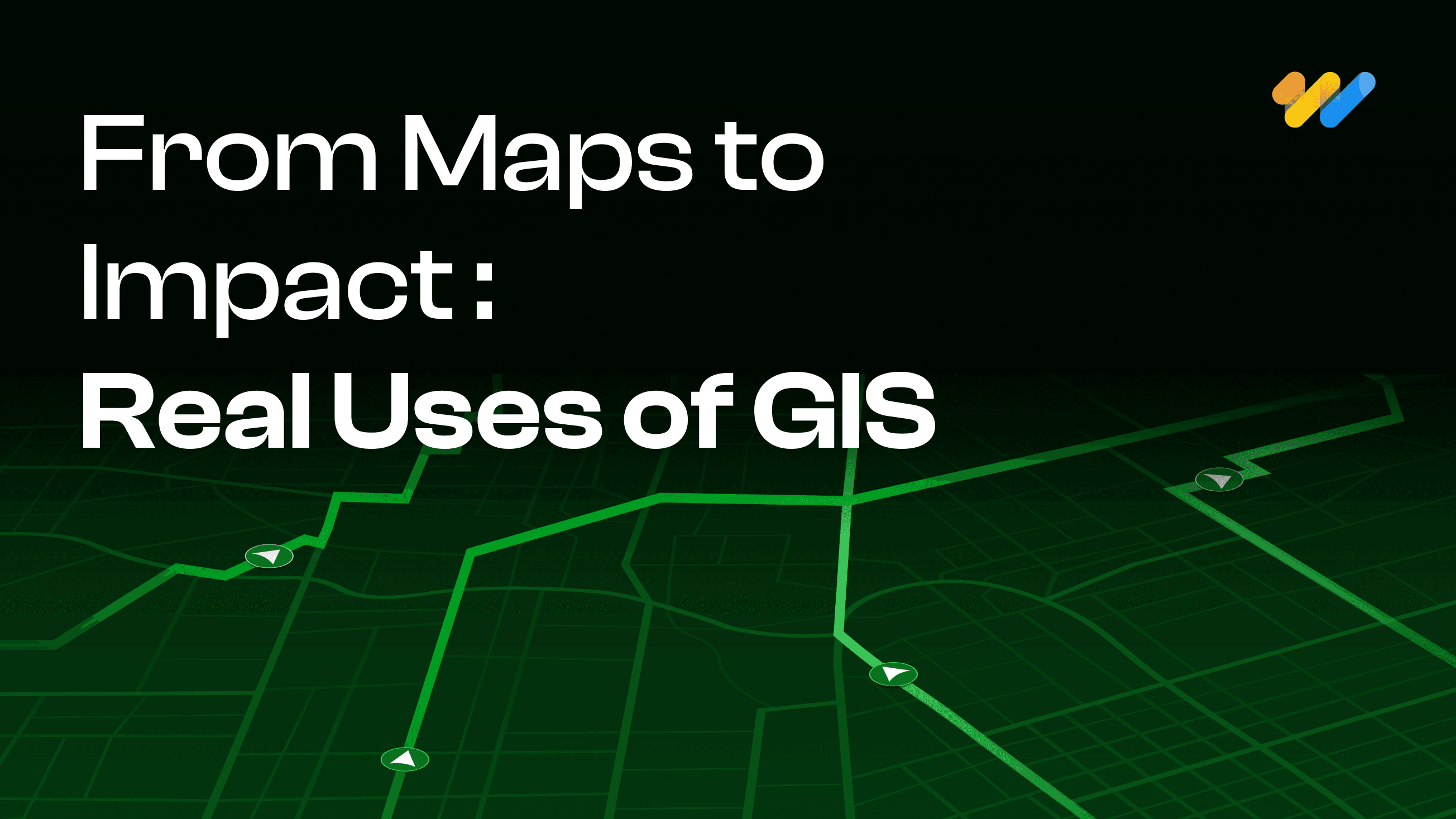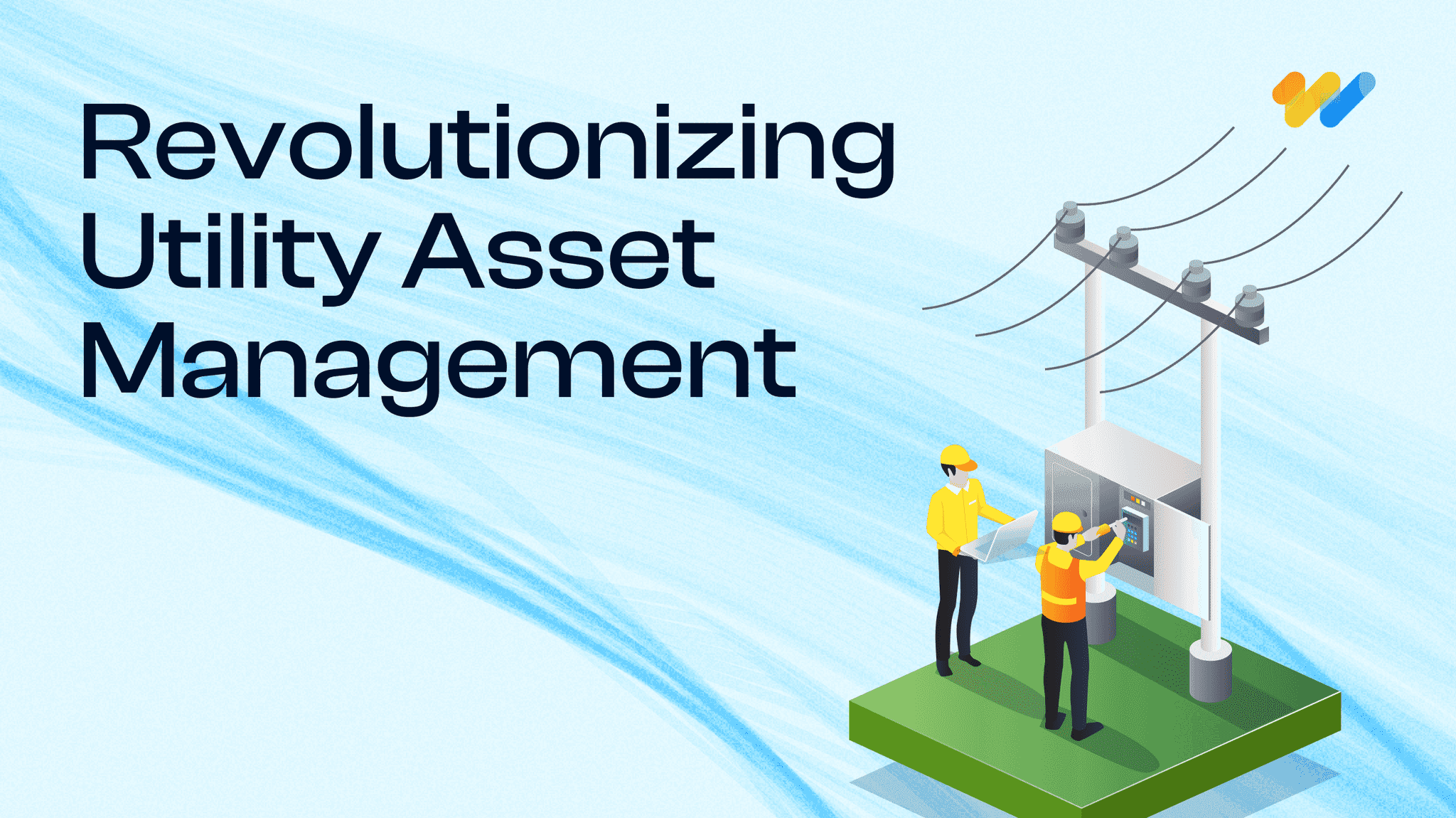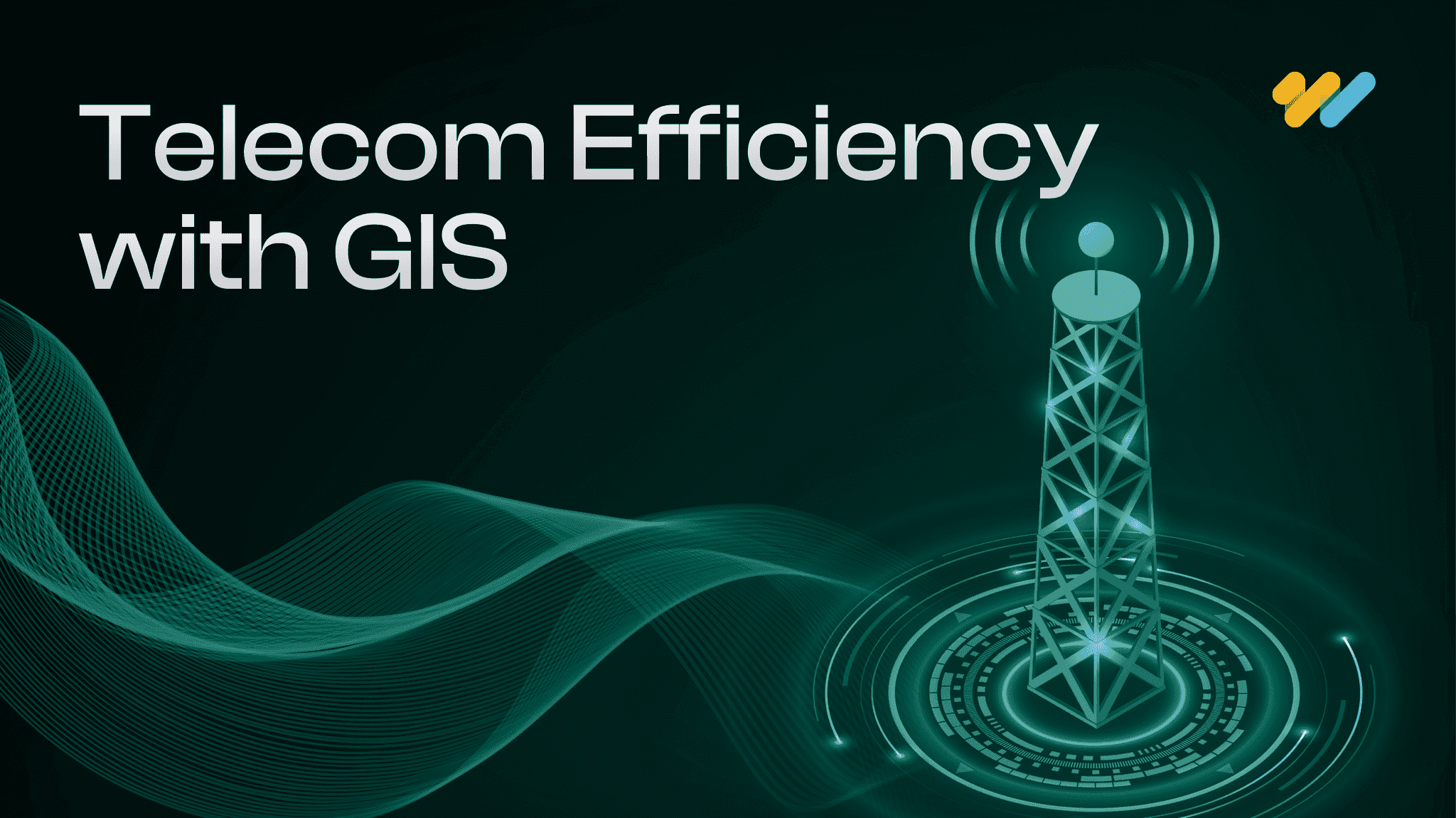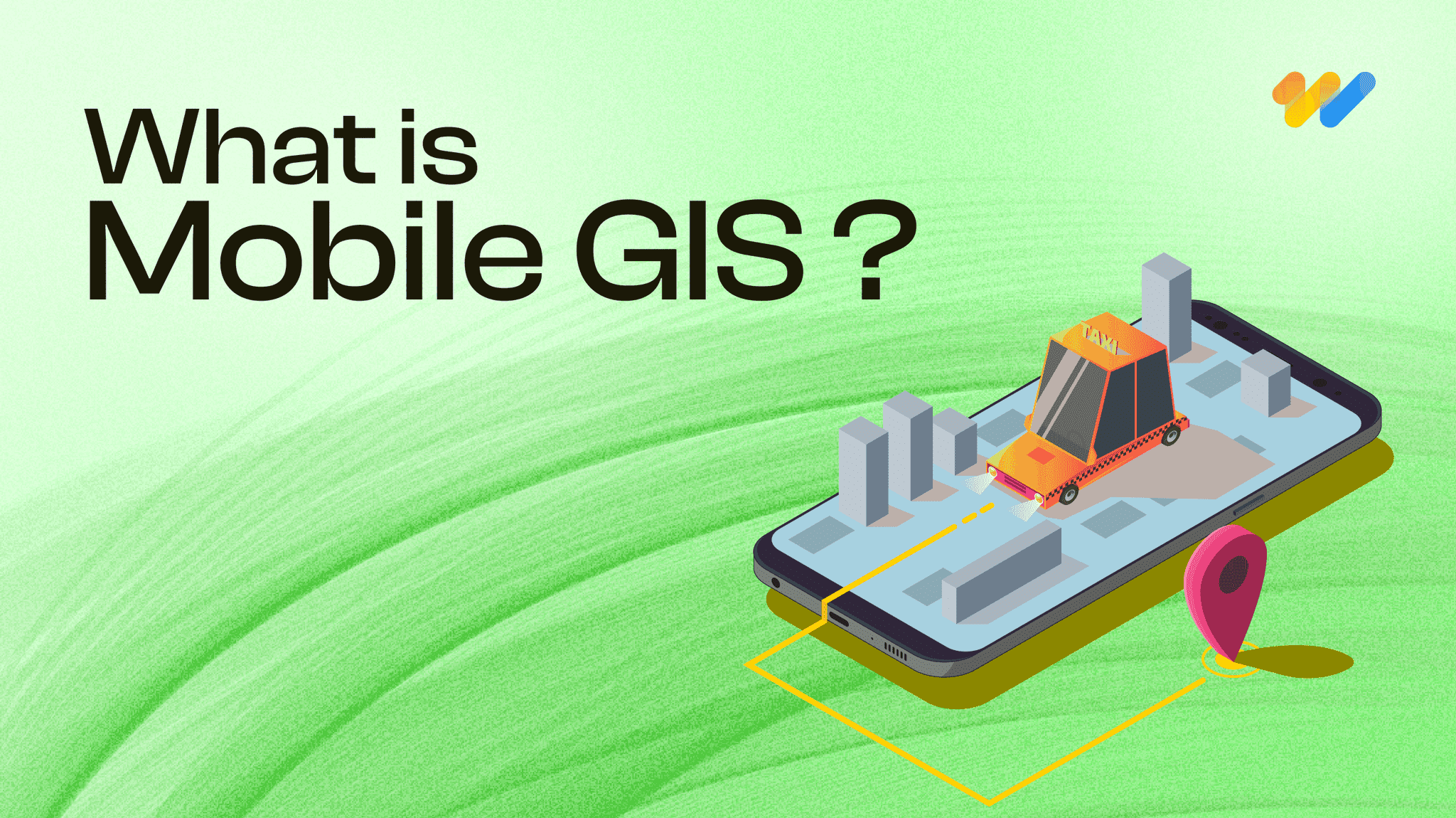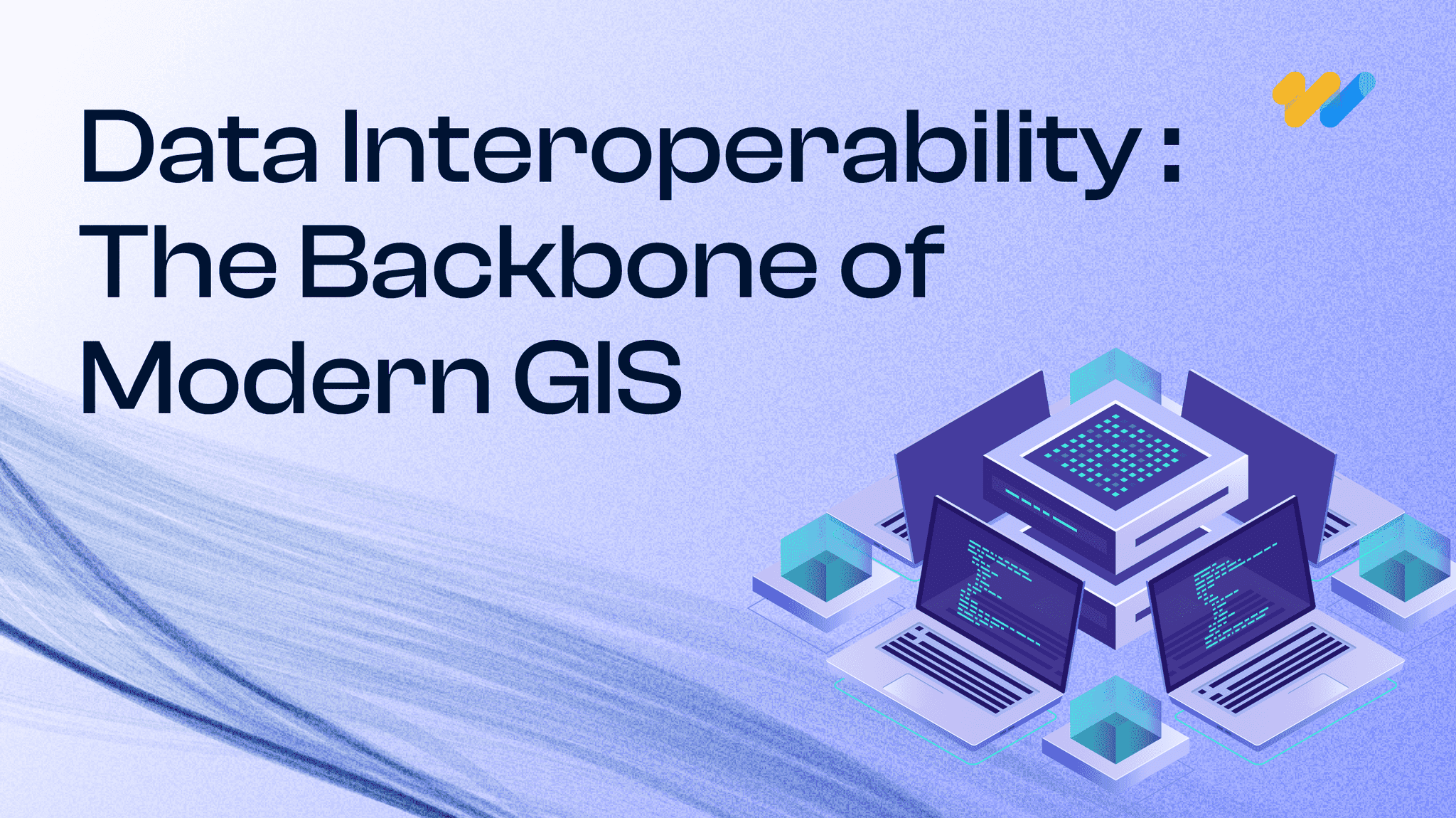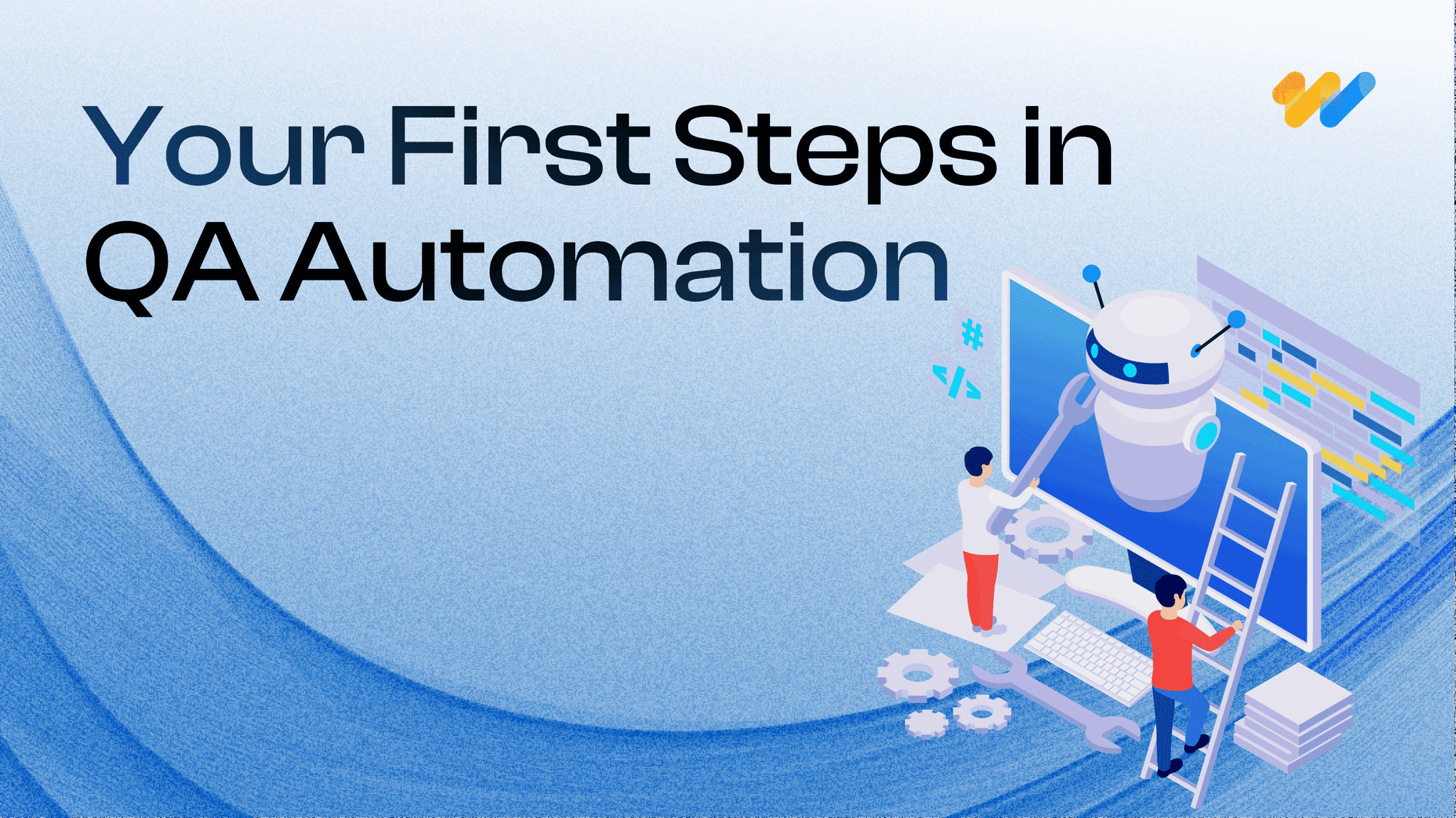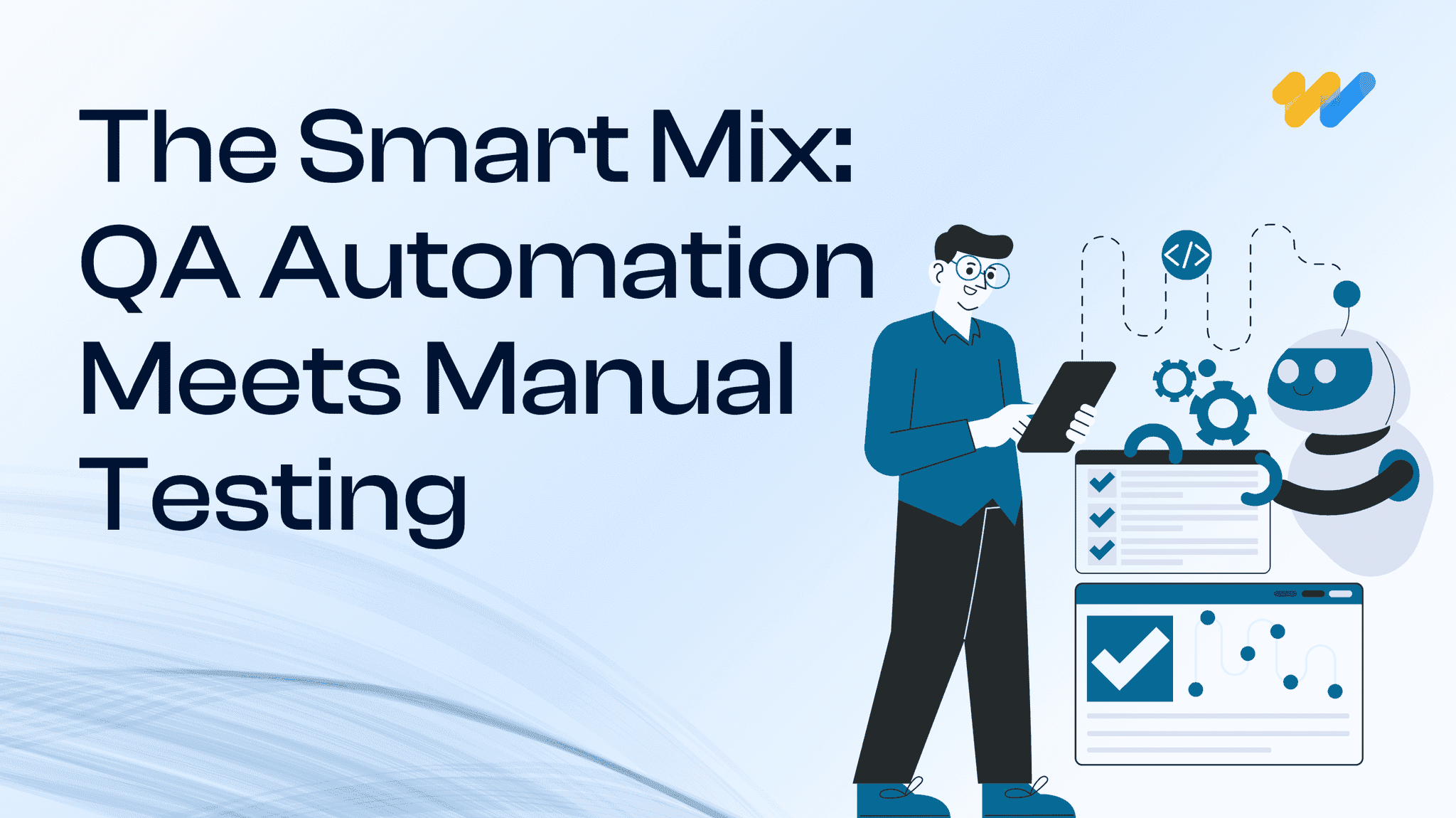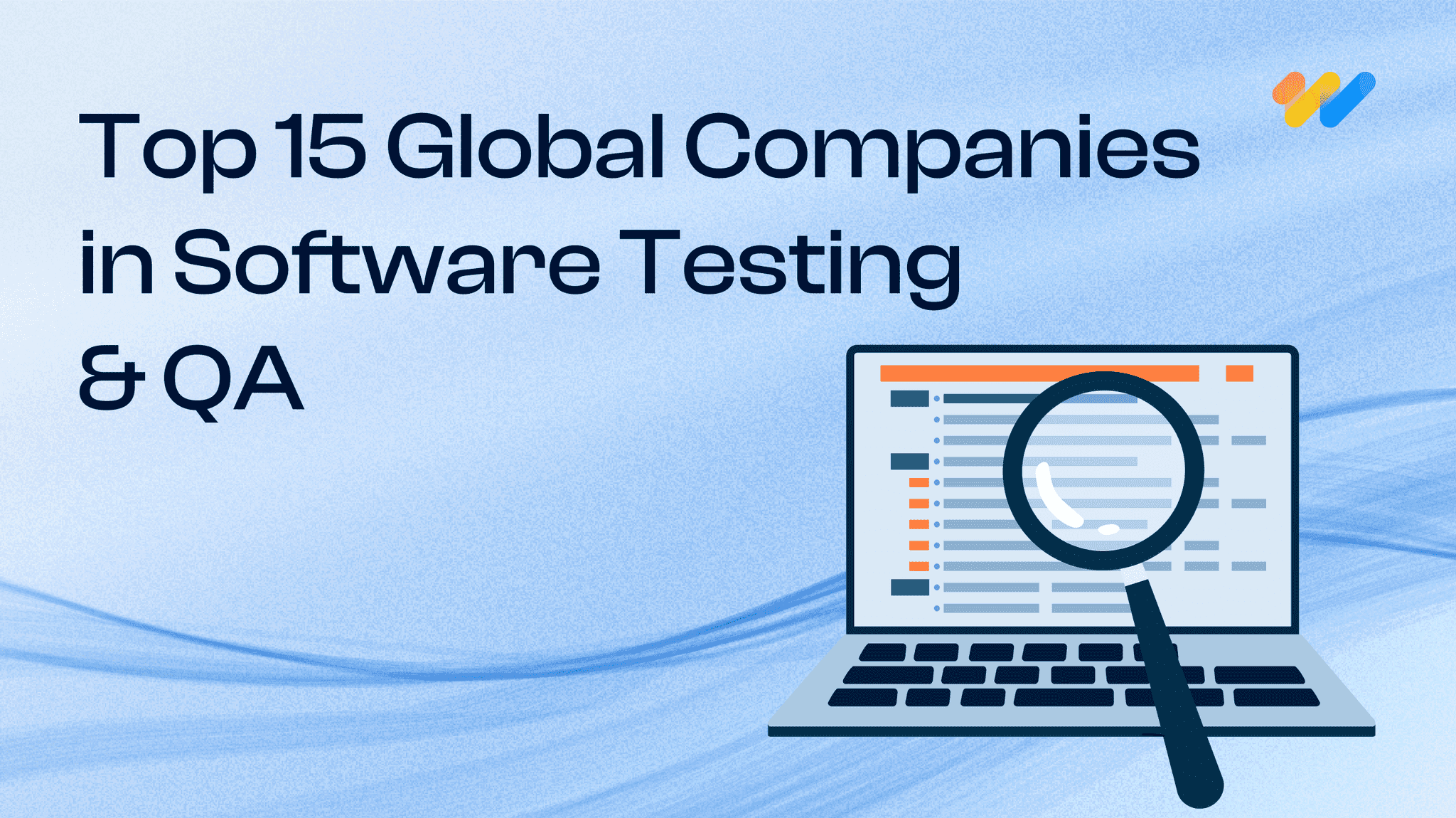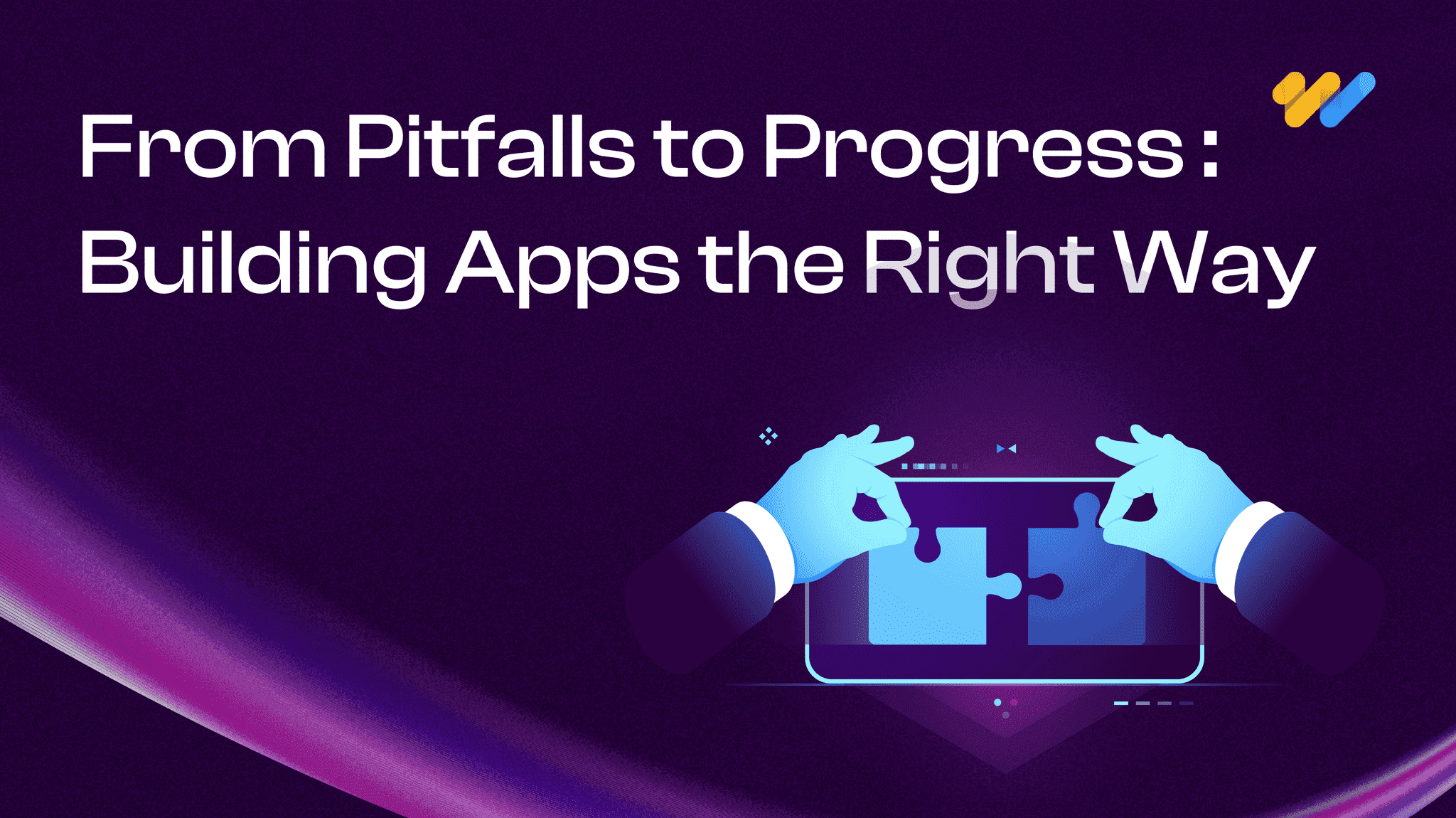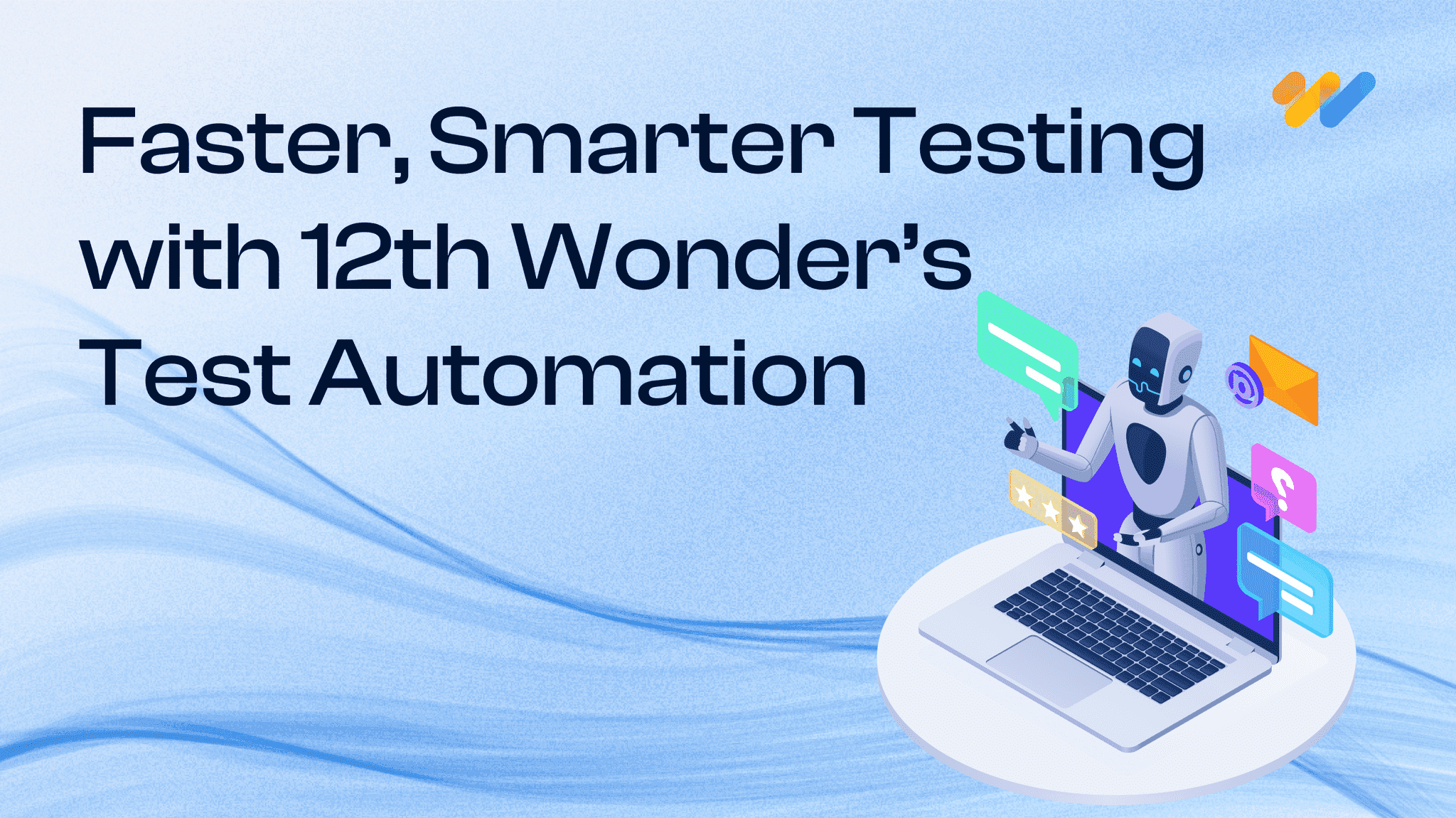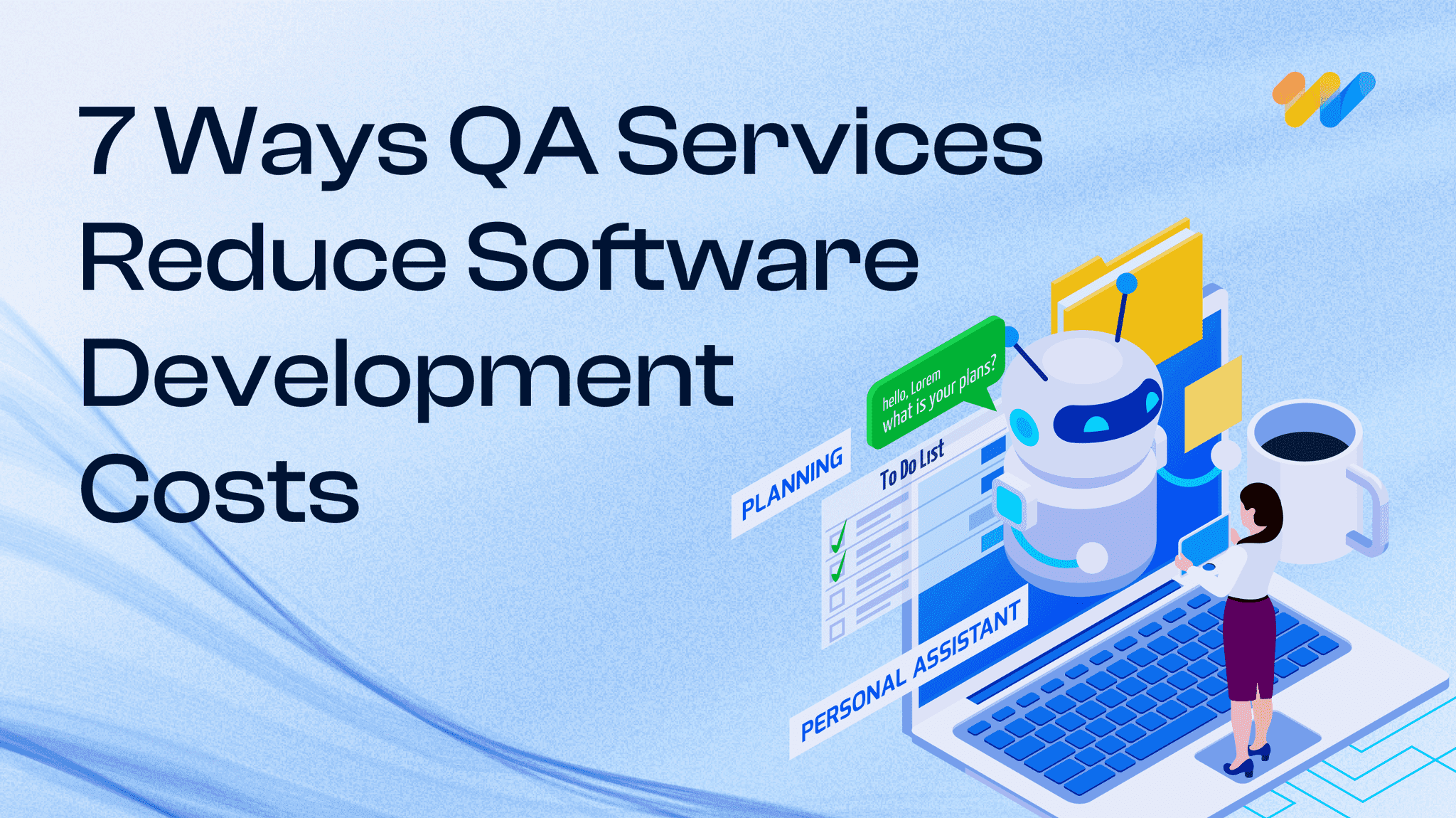GIS Drone Mapping: How Drones Are Powering the Next Era of Real-Time Geospatial Intelligence
Introduction
GIS drone mapping is rapidly transforming how organizations collect, analyze, and act on geospatial data. With the rise of digital twins, predictive maintenance, and real-time operational intelligence, enterprises need location data that is accurate, fast, and scalable. Drone-based GIS mapping delivers exactly that uniting advanced sensors, automated flight operations, and powerful processing pipelines.
According to Fortune Business Insights, the global drone analytics market is projected to exceed $40 billion by 2030. Meanwhile, Esri reports exponential growth in geospatial analytics across utilities, construction, mining, telecommunications, and government as organizations depend more heavily on location intelligence for critical decision-making
This blog explores how GIS drone mapping actually works, why enterprises are adopting it at scale, and how it’s reshaping operational efficiency across industries.
Why GIS Drone Mapping Is Suddenly Everywhere
Across industries, leaders are realizing that drone-based mapping does something traditional GIS workflows could never do:
it makes geospatial intelligence fast, scalable, and continuous.
Instead of waiting for monthly aerial surveys, teams can trigger a drone mission and collect real-time data anytime something changes on the ground, a new excavation, a damaged transmission line, an unexpected floodplain shift.
In infrastructure projects, drone-generated orthomosaics help engineers verify every layer of progress.
In utilities, corridor scans detect vegetation encroachment before it becomes a service outage.
In agriculture, multispectral imagery reveals crop stress invisible to the human eye. And all of this flows directly into GIS platforms like ArcGIS, QGIS, PostGIS, and cloud-based decision engines.
Drone mapping has essentially given enterprises a living map.
What Actually Happens Behind the Scenes
A lot of people imagine drone mapping as “flying a drone and taking pictures.”
But the magic is in how those images transform into intelligence.
A typical mission begins with a GIS analyst planning a flight path that adapts to terrain and ensures 80–90% overlap - the raw material for precise 3D reconstruction. The drone lifts off, navigating autonomously, adjusting to winds, gathering telemetry, and streaming positional data corrected through RTK or PPK systems.
Once the drone lands, the data journey begins.
Thousands of images are stitched together into a single seamless orthomosaic. Point clouds are cleaned, classified, and converted into digital terrain and surface models.
LiDAR passes slice through vegetation to reveal true earth elevations.
Everything is georeferenced to real-world coordinates.
Then comes the moment teams love: watching the new map slide into their GIS like a fresh layer of truth.
Where Enterprises Are Winning with Drone + GIS Integration
Every industry has its “aha” moment with drone mapping.
On a construction site…
A project manager can finally compare the design blueprint with the real site conditions ,and catch a 2-meter error before the concrete trucks arrive.
Inside a utility control center…
A digital twin of a 200-km transmission corridor updates with precise vegetation growth data, helping the team prevent outages worth millions.
Across a mining operation…
Weekly drone scans track stockpile volumes, slope stability, and hazardous movement insights impossible to achieve manually.
In a smart city planning room…
High-accuracy models help planners evaluate road expansions, flood zones, and infrastructure gaps with unprecedented clarity.
The Challenges No One Talks About
Despite the impact, drone mapping comes with real challenges.
Organizations are often overwhelmed by the sheer volume of data sometimes 20 GB per hour. Processing requires GPU-powered systems, intelligent noise reduction, and photogrammetry workflows with tight precision tolerances.
Regulations complicate operations:
BVLOS rules, altitude limits, and permissions vary widely between countries.
And perhaps the biggest barrier?
Most organizations struggle to integrate drone data with their existing GIS systems, asset management tools, and analytics engines.
The result is wasted potential, not due to technology, but due to workflow gaps.
“The real power of drone mapping is the clarity it brings. For the first time, enterprises can see their world with absolute accuracy, make decisions in real time, and predict risks before they happen.” - Veera Nagi Reddy Mekala
The Future: AI, Swarm Drones & Real-Time Digital Twins
The next leap in GIS drone mapping is already taking shape.
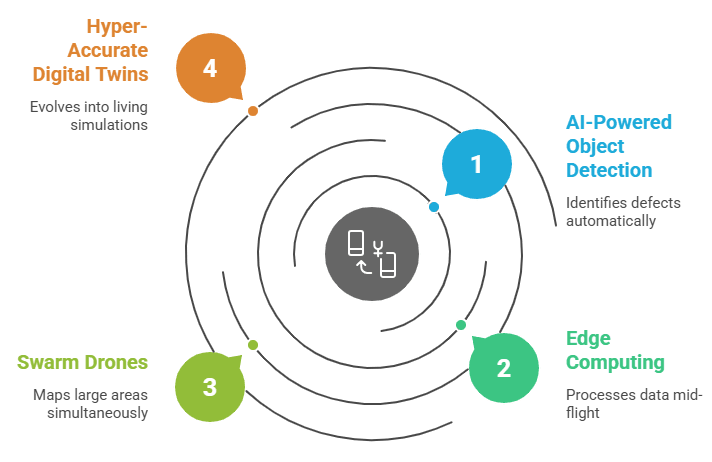
- AI-powered object detection will soon identify defects automatically from cracked insulators to unstable slopes to crop diseases.
- Edge computing will allow drones to process data mid-flight and stream only insights, not raw files.
- Swarm drones will map large areas simultaneously, cutting multi-day missions into minutes.
- Hyper-accurate digital twins will evolve into living simulations that predict, not just visualize.
We’re entering a world where maps now will show what will happen next.
How 12thWonder Helps Enterprises Make This Leap
At 12thWonder, we help organizations build complete, future-ready GIS + Drone ecosystems.
That means:
- Creating automated drone missions tailored to terrain and assets
- Building high-accuracy LiDAR and photogrammetry pipelines
- Deploying cloud-native GIS architectures
- Developing custom analytics layers and dashboards
- Integrating drone data into digital twins, ERP, and asset systems
- Ensuring enterprise-grade security and compliance
Whether you’re building a citywide geospatial program or modernizing a utility inspection strategy, we help you transform raw drone data into operational intelligence.
Ready to Turn Your Geospatial Data into Real-Time Insight?
Let’s build your next-generation GIS drone mapping capability.



